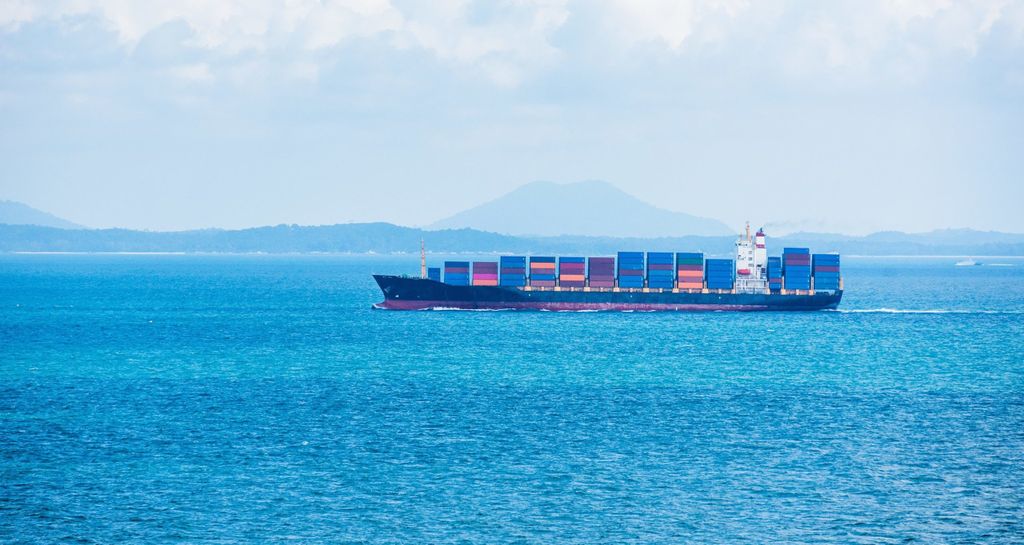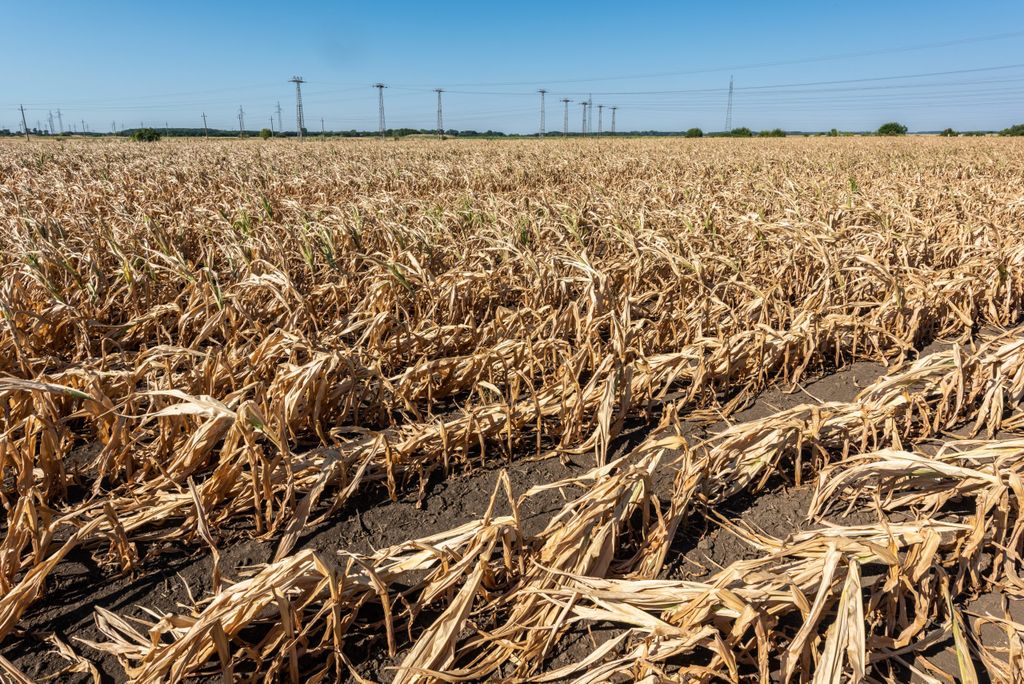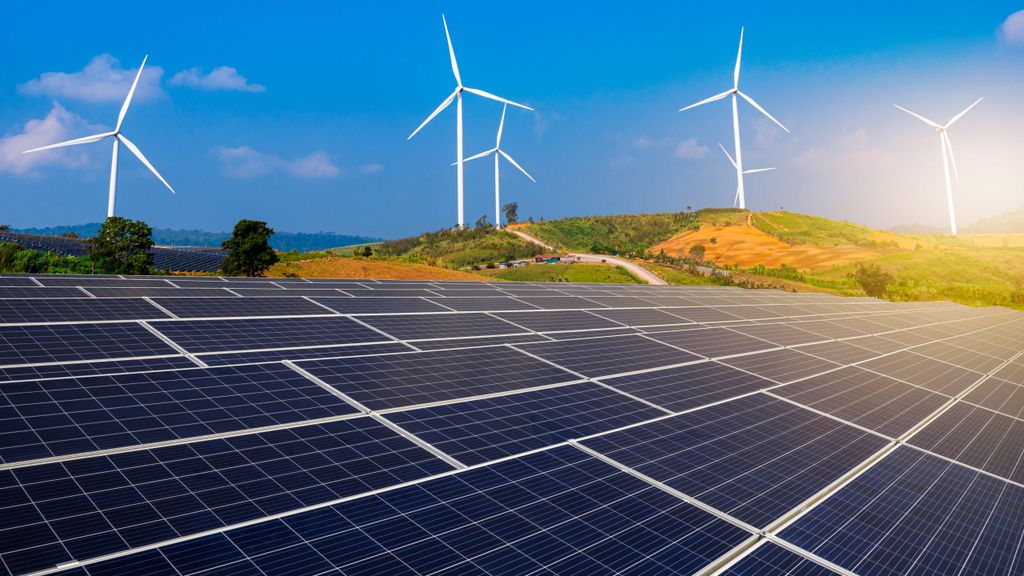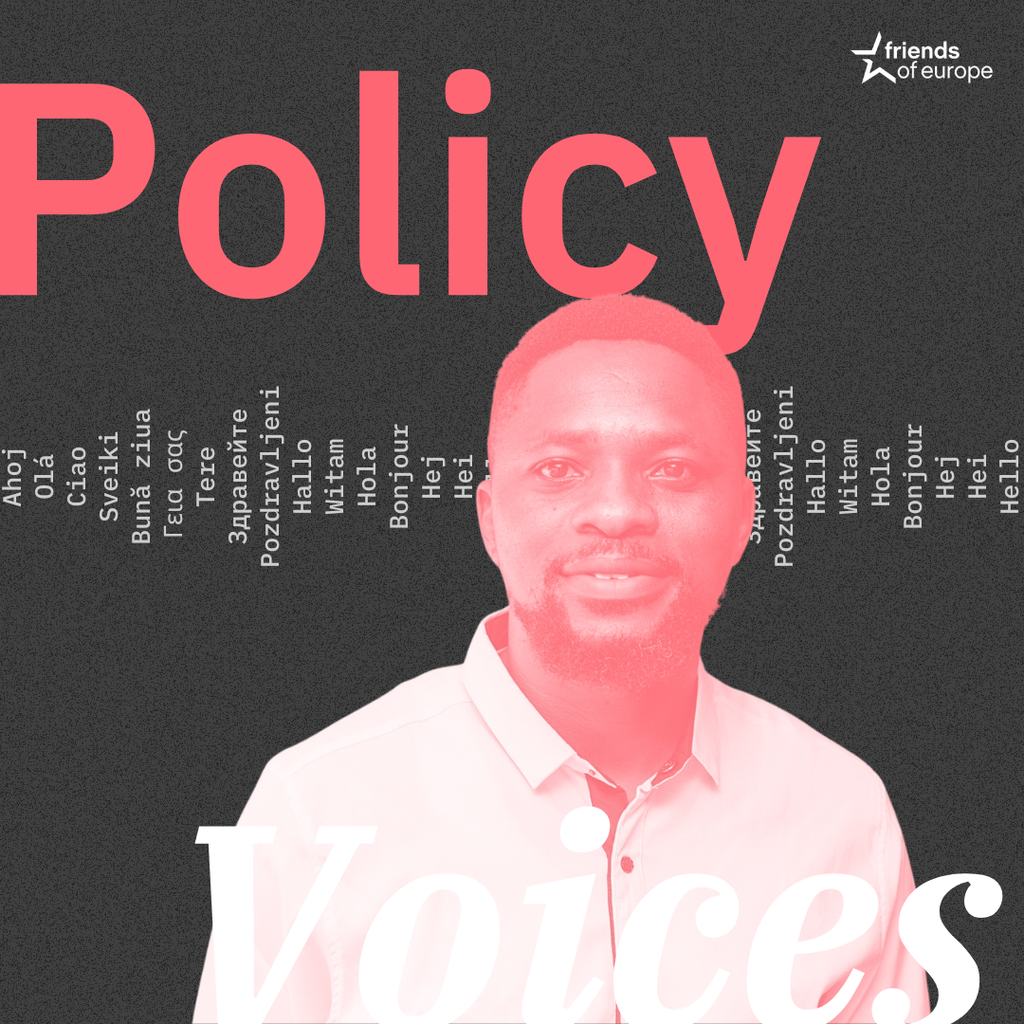A bold vision for a climate-neutral and competitive Europe
Next event In person & livestreamed

- Area of Expertise
- Climate, Energy & Natural Resources
Climate, Energy & Natural Resources

Co-President of the Club of Rome
If the EU is serious about greening the European economy, it must link its environmental and climate goals with its energy security policy and economic growth agenda. Climate scientists advise that we should be close to zero global emissions by the end of this century. Right now we are way off track.
That means delivering on a number of fronts – to curb and adapt to climate change and to reverse the loss of biodiversity and precious resources. It also means adapting industrial processes from a traditional model of ‘take, make and dispose’ to ‘replenish and restore,’ as part of a new circular economy that could create millions of jobs.
Wanted: Low-carbon leadership
One of the biggest sustainability shifts for the EU would be securing a long-term viable and affordable low-carbon energy supply, reaping the benefits of a fully-integrated energy union that catalyses employment, growth and competitiveness.
It may seem challenging, but let’s not forget that the EU is uniquely placed to be a forerunner in this brave new world, and this is an opportunity to re-inject much-needed capital into the European economy and boost investor confidence in planned growth.
As an example, just to keep the lights on, it’s been estimated by the International Energy Agency (IEA) in its World Energy Outlook 2013 that an investment of over €2 trillion by 2025 is needed to upgrade and replace old power stations and infrastructure across the EU. To phrase it differently, that’s wear and tear cost the EU will have to shoulder regardless of climate legislation.
It stands to reason that if you need to modernise – then do it right and bring in low-carbon energy assets and infrastructure which will boost the economy. That would then support an ambitious package of measures including an EU greenhouse gas target, which needs to be at least 40% in domestic emissions reductions by 2030 (1990 baseline).
Three-pronged approach and the payback
To reach this target, we must also ensure that we have a trio of strong commitments for renewables, energy efficiency and the reform of the EU Emissions Trading System (ETS) underpinned by a realistic transition plan for high-carbon countries and industries. The policy framework will need to focus on decarbonisation of the electricity supply, expansion of the electricity supply into home heating and transport currently fuelled in other ways, and a reduction in final energy demand in particular in buildings and transport where major gains can be made immediately. We also need to develop a transnational super grid urgently focusing on distribution, transmission, and storage capacity. To do this properly however, Europe’s energy revolution is reliant on private sector finance and the need to align investment and finance regulations with climate objectives is crucial.
Injecting well-needed capital and political will behind a low carbon energy union is Europe’s opportunity to solve the energy trilemma of costs, security and decarbonisation whilst addressing jobs and growth. Under one IEA scenario that is consistent with 2°C policies, by 2035 the EU’s annual fossil fuel import bill could fall by 46% or it could increase as much as 80% – 90% if left unchecked.
As if that weren’t incentive enough, the European Commission estimates that up to 6.5m jobs could be created or retained by 2020 in renewables, energy efficiency and from reinvested Emissions Trading Scheme (ETS) revenues. Some Member States have already significantly reduced their import bills through large scale investments in renewables. Portugal has saved €1bn per annum and is currently experiencing a trade surplus of energy.
Energy mix
What type of energy mix would this entail across Europe? The answer would be a maximum of low-carbon energy (wind, solar and hydro) with Carbon Capture and Storage (CCS) technologies reducing emissions from high carbon sources in the medium term; coupled with strong energy demand-cutting measures.
It is evident from all scenarios that without clear targets on greenhouse gas (GHG) emissions reductions, low carbon technologies and energy efficiency, we will not meet our 2050 GHG emissions reduction target of 80-95%. In Europe, it’s likely that the 2035 predicted energy mix will still be made up of the main energy sources of today, including nuclear. The noticeable changes will likely be a substantial increase in the use of wind energy and to some extent solar and a major reduction of about 50% in coal/lignite use due to GHG emissions and air quality concerns.
The unknown is if policymakers will embrace stricter demand management and energy savings legislation, which would also allow us to maintain a competitive edge. One of the ways to reduce high energy costs and carbon energy use is to reduce our consumption. Europe is losing the edge here fast although it was the leader. A report from the think- tank E3G shows that since 2004, China has decreased its industrial energy intensity by 20%, while the EU’s has roughly stayed the same. Some EU energy intensive industries are equipped with older and less efficient plants than their Asian competitors. The most efficient cement production currently operates in India and China. Many EU steel production facilities are often worse than the global average. In addition, introducing ambitious building renovation standards will help achieve 36% energy savings in building stocks and reduce dependency on imported gas and oil. Energy efficiency measures are worth it but some companies may need help to make the switch.
Will any of this be easy? No. Will there be transition costs and disruptions – yes, in all likelihood. However, not acting now will be far more dangerous, unpredictable and costly. The EU will remain in the grips of high oil prices, import dependency and the risk of energy disruption. Without immediate action we will not reduce emissions, and stop dangerous and accelerating climate change, nor will we catalyse new innovative industrial processes and have both low-carbon and resource efficiency gains.
Ultimately the case is clear. It is only by working together and securing a safe low-carbon energy supply within an ‘energy union’ that the EU will fulfil its mandate. And be able to anchor a large part of the sustainability jigsaw which links energy, economic and environmental security.
Next event In person & livestreamed

Past event In person & livestreamed

Past event In person & livestreamed

Past event In person & Livestreamed





Stay informed
We use cookies and similar technologies to adjust your preferences, analyze traffic and measure the effectiveness of our campaigns. Learn more about our privacy policy.